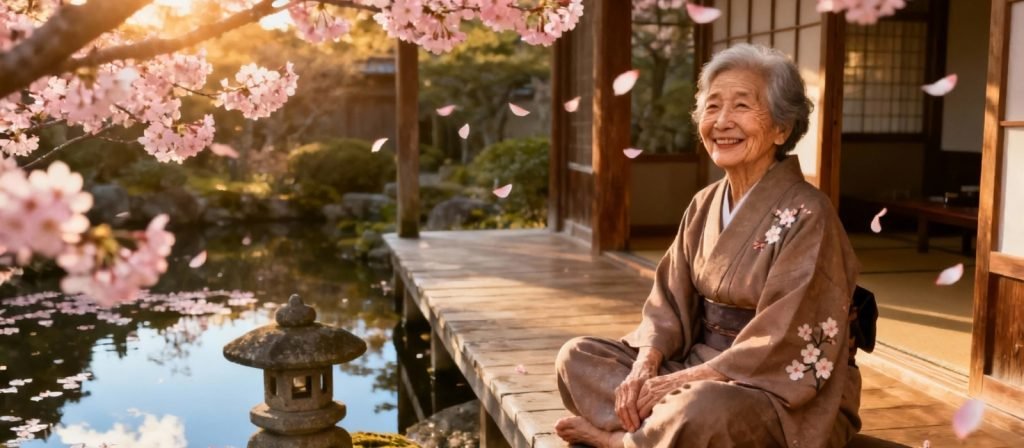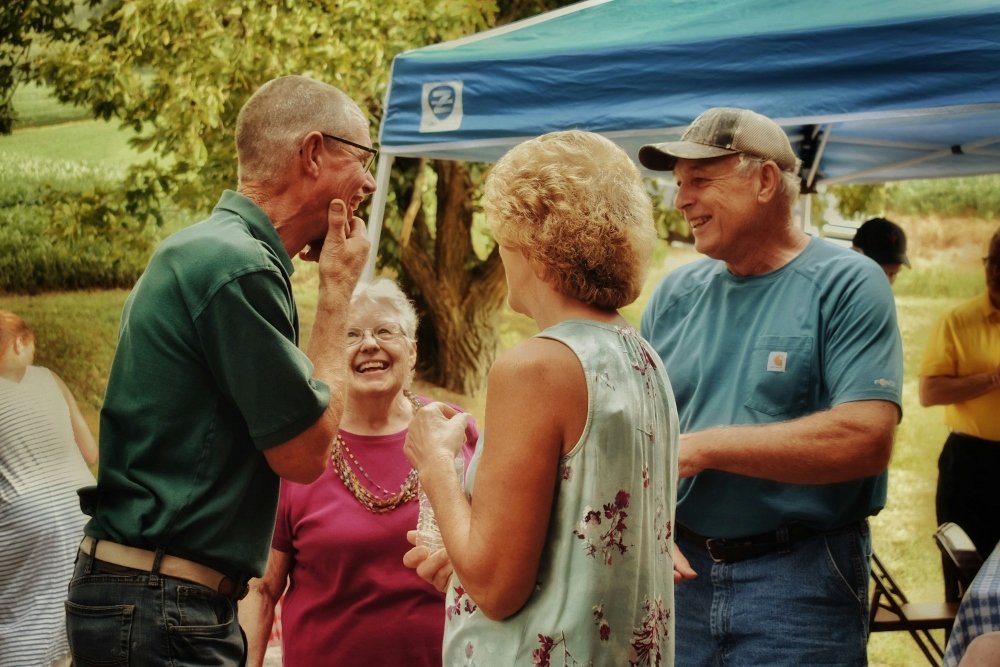Secrets of Longevity: How Japan Nurtures Centenarians

Last Updated on September 17, 2025 by Rose Ann
Japan has once again broken its own record for longevity: nearly 100,000 of its citizens are now aged 100 or older, according to the country’s Ministry of Health.
This milestone marks the 55th consecutive year that Japan’s centenarian population has grown. Out of the 99,763 individuals who qualify, an impressive 88% are women.
This striking figure tells a wider story about how Japan has nurtured some of the world’s healthiest and longest lives. While other countries struggle with rising obesity rates and unequal access to healthcare, Japan has built a culture where diet, exercise, and community are woven seamlessly into daily living.
Health minister Takamaro Fukoka congratulated centenarians across the country, expressing “gratitude for their many years of contributions to the development of society.” It’s not simply about survival — Japan deeply respects its elders, even setting aside Elderly Day each September to honor them.
New centenarians receive a silver cup and a congratulatory letter from the prime minister, a tradition that reinforces dignity in aging.
So, what’s their secret? Much of it lies in lifestyle. The Japanese diet is typically low in red meat and rich in vegetables, fish, and rice.
Public health campaigns that began decades ago encouraged people to cut back on salt, helping reduce rates of hypertension and heart disease. Obesity rates remain much lower than in the West — particularly among women, which may explain why women represent the great majority of centenarians.
But food isn’t the only factor. Staying active well into later years plays a huge role. Unlike in many Western countries where cars dominate, elderly Japanese continue to walk frequently and use public transport.
Add to that the daily tradition of Radio Taiso, a three-minute group exercise broadcast across the country since 1928, and it’s clear that community-based movement is part of the cultural backbone.
Still, longevity comes with both opportunities and challenges. On one hand, more centenarians highlight what’s possible when a society values health and prevention. On the other, Japan is also one of the world’s fastest ageing societies, with low birth rates adding pressure to its healthcare and pension systems.
Behind these numbers are inspiring personal stories: the oldest living Japanese woman, Shigeko Kagawa, is 114, while the oldest man, Kiyotaka Mizuno, is 111. These individuals exemplify resilience, lifestyle balance, and perhaps a certain quiet wisdom about living well.
Why does this news matter? Because it shows us what’s achievable when a culture prioritizes wellness across a lifetime. For older readers, it’s also reassuring — a reminder that aging well isn’t just about genetics, but about consistency in healthy habits, movement, and community connection.
Curious to learn more about Japan’s longevity culture, and what it could mean for healthier aging worldwide? Check out the full article on AOL.





